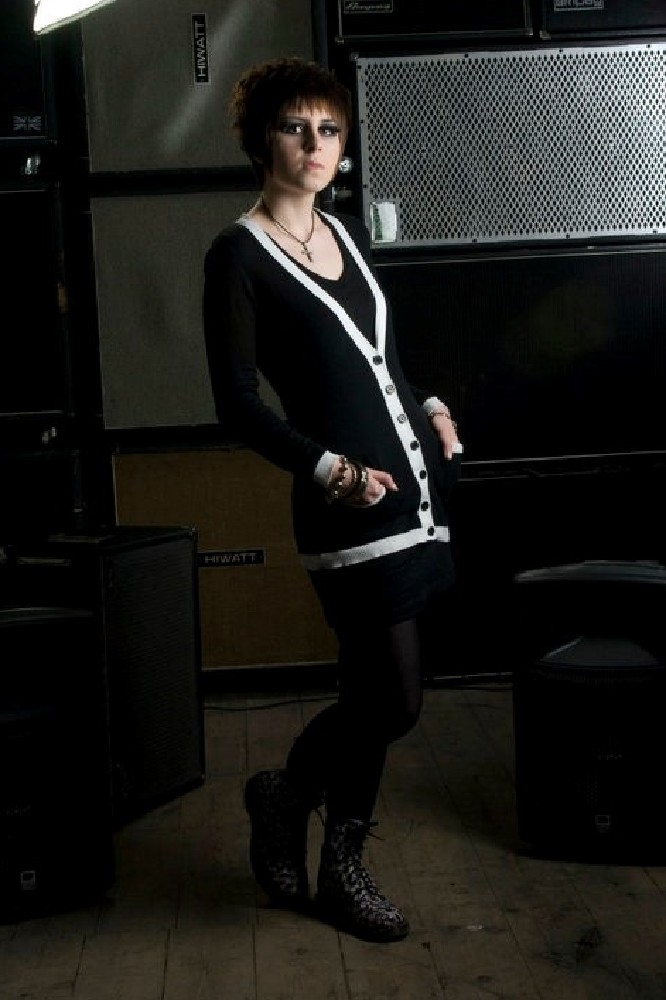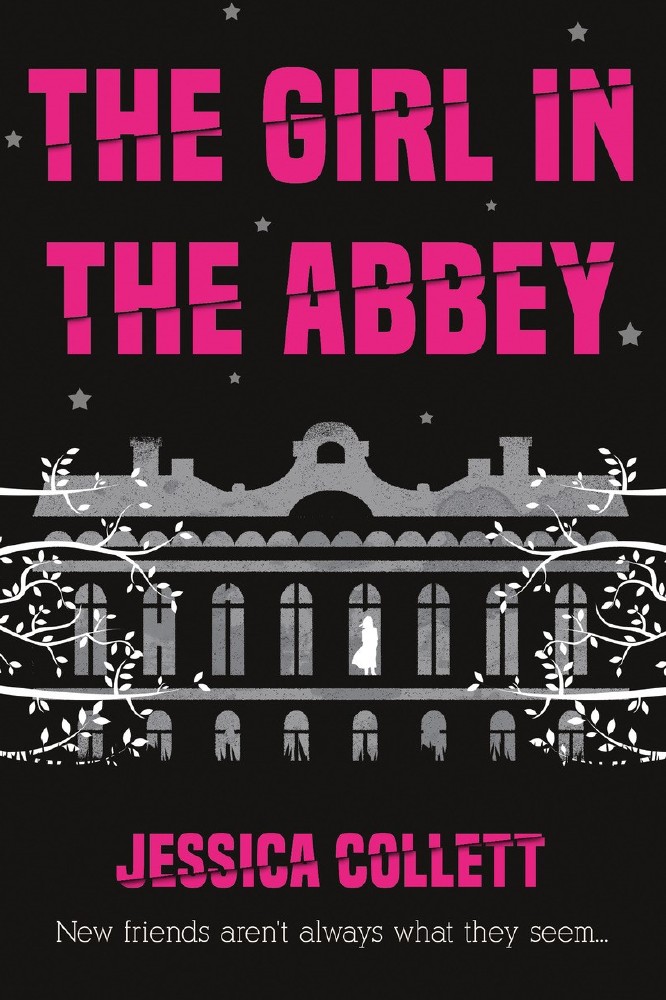Following the release of her debut book, The Girl in the Abbey, author Jessica Collett discusses the place that inspired her writing, and why you should visit:

Jessica Collett
Inspiration can often come in strange ways. I certainly didn't expect to be inspired to fall in love with a mysterious stranger from Derbyshire with a penchant for beetles – that is, the beautiful Calke Abbey, a Grade I listed country house in Derbyshire which became the inspiration for the fictional Bramblingham Abbey in my children's book The Girl in the Abbey. Bramblingham Abbey is an abandoned and decaying remnant of an era long since past, and came to life as I walked the halls of the (very not-fictional) Calke Abbey. The Abbey is one of Britain's greatest and most unique treasures, and here's the top ten reasons why you should take a trip there soon:
Calke Abbey is a house like no other.
Calke Abbey is preserved in decay. As the age of the country house died after World War Two, many were torn down or preserved for the nation. Calke Abbey was forgotten until the 1980s, and left preserved in its dotage. Visitors can vividly explore the effects of time on a once-great family seat.
It's a slice of history.
Some way or another, a building has existed on the Abbey's site for over eight hundred years. That's eight hundred years of momentous changes in Britain, and you can find evidence of them everywhere in the Abbey and its grounds.
The family story is really weird.
Calke Abbey was the seat of the Harpur-Crewe baronets. They were a rather strange family who never really enjoyed leaving home and preferred to speak to each other by writing notes for servants to distribute. You think you understand English eccentricity? Oh, you've seen nothing if you haven't been to Calke.
The Abbey is full of their weirdness.
The Harpur-Crewes never expected their history and belongings to be viewed by the public, so you can expect to see the vast natural history collections of Sir Vauncey Harpur-Crewe, who filled the Abbey to the rafters with stuffed birds. He also collected rocks, and owned his very own rock polishing room.
The place is a time capsule of stately house life.
As the family grew less and less, or decided they didn't need rooms anymore, they had a habit of shutting up the room and leaving them. You can walk in rooms that have remained unchanged for hundreds of years, and see the remnants of ages long since past.
The animal life of Calke.
The family refused to allow changes to be made to their land, and this has made Calke Abbey one of the most important sites for English wildlife. Calke is home to rare beetles and a beautiful rare wood pasture habitat with some of the oldest trees in the country.
The story of the Abbey's survival is fascinating.
The last Harpur-Crewe died rather suddenly, and the house was subjected to extensive death duties. A public campaign was launched to save the Abbey as it was found, and you can learn all about it at the Abbey.
The conservation story is amazing.
Most country houses spend their time and money giving the impression as if the family have just left and might suddenly return. Calke Abbey rips up that rule and presents their own; keeping the decay intact. You'll walk into Calke and find it exactly how conservers found it in 1985 – from every rip, stain, and mildew mark.
The spring walks.
If staying inside all day isn't your thing, the parkland and woodland surrounding the Abbey offer some of the most beautiful and unique rambling trails you can find at any National Trust property. Bring the whole family for a guided walk in the parkland – including your favourite canine companion.
The café.
There's nothing quite as satisfying after a long day out like a National Trust scone.

The Girl in the Abbey follows the story of Violet Cobb who is evacuated from her home during the bombing raids of World War Two and is left on the doorstep of Bramblingham Abbey. She soon discovers that Bramblingham Abbey isn’t the only one keeping secrets… It’s available to buy from Amazon, The Book Guild and all good bookshops.

